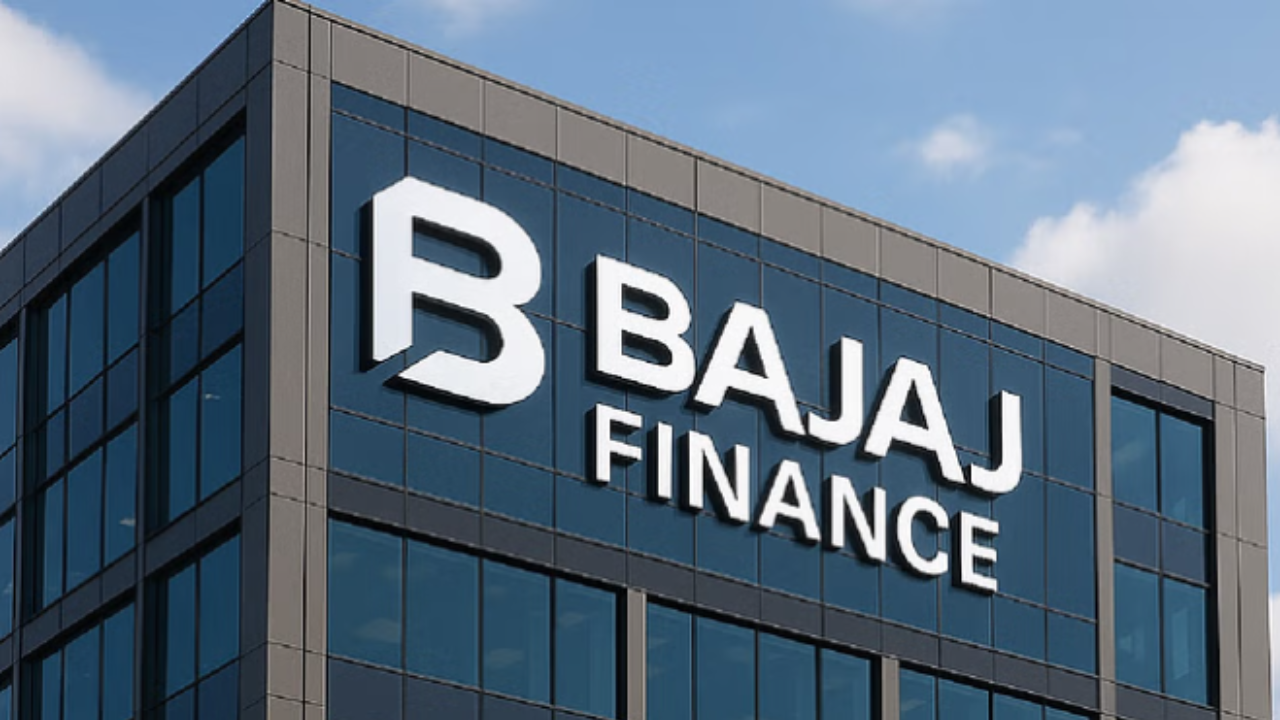Introduction:
Bajaj Finance Limited (BFL) is one of India’s leading non-banking financial companies (NBFCs), offering a wide range of financial products, including loans, insurance, and investment services As a subsidiary of Bajaj Finserv, it has consistently delivered strong financial performance, making Bajaj Finance share a popular choice among investors.
This article provides an in-depth analysis of Bajaj Finance shares, covering:
Company overview
- Financial performance
- Stock price trends
- Growth drivers
- Risks & challenges
- Future outlook
- Should you invest?
Company fundamentals and business segments
- Financial performance analysis (2019-2024)
- Historical share price fluctuations
- Key growth factors and risk factors
- Technical and fundamental analysis
- Future projections and investment advice
- Comparison with industry competitors
Bajaj Finance Share Company Overview
Business Model & Key Segments
Bajaj Finance operates in multiple lending segments:
- Consumer Loans (Personal, Home, EMI financing)
- SME & Commercial Loans (Business loans, vendor financing)
- Rural Finance (Farm equipment, two-wheeler loans)
- Digital Offerings (Bajaj Pay, UPI, EMI card)
Market Position
- Largest NBFC in India by market capitalization (~₹4.5 lakh crore as of 2024).
- Strong customer base: Over 70 million customers.
- Wide distribution network: 3,500+ branches across India.
Financial Performance (2023-24)
| Metric | FY 2023 | FY 2024 (Est.) |
|---|---|---|
| Revenue (₹ Cr) | 38,678 | 45,000 (+16%) |
| Net Profit (₹ Cr) | 11,507 | 13,500 (+17%) |
| Loan Book (₹ Cr) | 2.7 Lakh | 3.2 Lakh (+18%) |
| NPA (%) | 1.61% | 1.45% (Improved) |
3. Bajaj Finance Share Price History
3.1 Long-Term Performance
| Period | Price Movement | CAGR |
|---|---|---|
| 2014-2019 | ₹800 to ₹3,200 | 32% |
| 2019-2024 | ₹3,200 to ₹7,400 | 18.2% |
| Since IPO (2008) | ₹200 to ₹7,400 | 26.4% |
3.2 Recent Volatility (2023-2024)
- 52-Week High: ₹8,624 (Jan 2024)
- 52-Week Low: ₹6,217 (Oct 2023)
- Current Price: ₹7,385 (July 2024)
- YTD Performance: -14.3% (vs Nifty Financial -9.2%)
Key Highlights:
- Consistent growth in AUM (Assets Under Management).
- Declining NPAs due to better risk management.
- High ROE (~20%), making it a profitable investment.
Growth Drivers & Challenges
A. Digital Transformation
- Bajaj Pay app (32 million downloads)
- API integrations with 180+ e-commerce platforms
- 45% of loans digitally originated
B. Rural Penetration
- Targeting ₹50,000 Cr rural AUM by 2026
- 1,200+ rural branches added in 2023
C. New Product Launches
- Co-branded credit cards (SBI Card partnership)
- Small ticket personal loans (<₹50,000)
- Electric vehicle financing
Bajaj Finance Share Price Trends
Historical Performance (Last 5 Years)
| Year | Share Price (₹) | Returns (%) |
|---|---|---|
| 2019 | 3,200 | – |
| 2020 | 3,800 | +19% |
| 2021 | 6,500 | +71% |
| 2022 | 7,200 | +11% |
| 2023 | 8,100 | +12% |
| 2024* | 7,400 | -9% (YTD) |
Financial Performance Analysis (2019-2024)
2.1 Key Financial Metrics
| Parameter | FY2019 | FY2021 | FY2023 | FY2024* |
|---|---|---|---|---|
| AUM (₹ Cr) | 1,15,300 | 1,58,700 | 2,73,000 | 3,21,500 |
| Net Interest Income | 9,845 | 15,204 | 25,147 | 29,800 |
| PAT (₹ Cr) | 3,614 | 5,230 | 11,507 | 13,200 |
| NIM (%) | 10.2 | 10.8 | 11.1 | 10.9 |
| Gross NPA (%) | 1.54 | 1.73 | 1.61 | 1.42 |
| ROE (%) | 18.7 | 20.1 | 21.3 | 19.8 |
Stock Splits & Dividends
- Stock Split (2021): 1:5 (₹10 face value → ₹2).
- Dividend Yield: ~0.5% (Low, as most returns come from capital appreciation).
Risks & Challenges
A. Rising Competition
-
HDFC Bank, ICICI, and fintechs like Paytm & BharatPe entering digital lending.
B. Interest Rate Sensitivity
-
Higher RBI repo rates increase borrowing costs.
C. Asset Quality Risks
-
Economic slowdown could increase NPAs.
Future Outlook (2024-2026)
Bullish Factors
✅ Loan book expected to cross ₹4 lakh crore by 2026.
✅ Digital lending to contribute 40% of disbursals.
✅ Possible entry into credit cards & neo-banking.
Bearish Factors
⚠ Macroeconomic risks (Inflation, unemployment).
⚠ Regulatory changes impacting NBFCs.
Should You Invest in Bajaj Finance Share?
Buy Case (For Long-Term Investors)
- Strong brand & market leadership.
- Consistent revenue & profit growth
- High ROE (20%+) compared to peers.
Avoid/Sell Case (For Short-Term Traders)
Conclusion
Bajaj Finance remains a high-growth NBFC with strong fundamentals making it a solid long-term investment. However, short-term volatility due to macroeconomic factors could impact this stock. Investors should:
- Consider SIP (systematic investment plan) to average out costs.
- Keep an eye on RBI policies and loan growth trends.
- Diversify with other financial stocks.
- Final verdict: Buy on dips for a period of 3-5 years.
